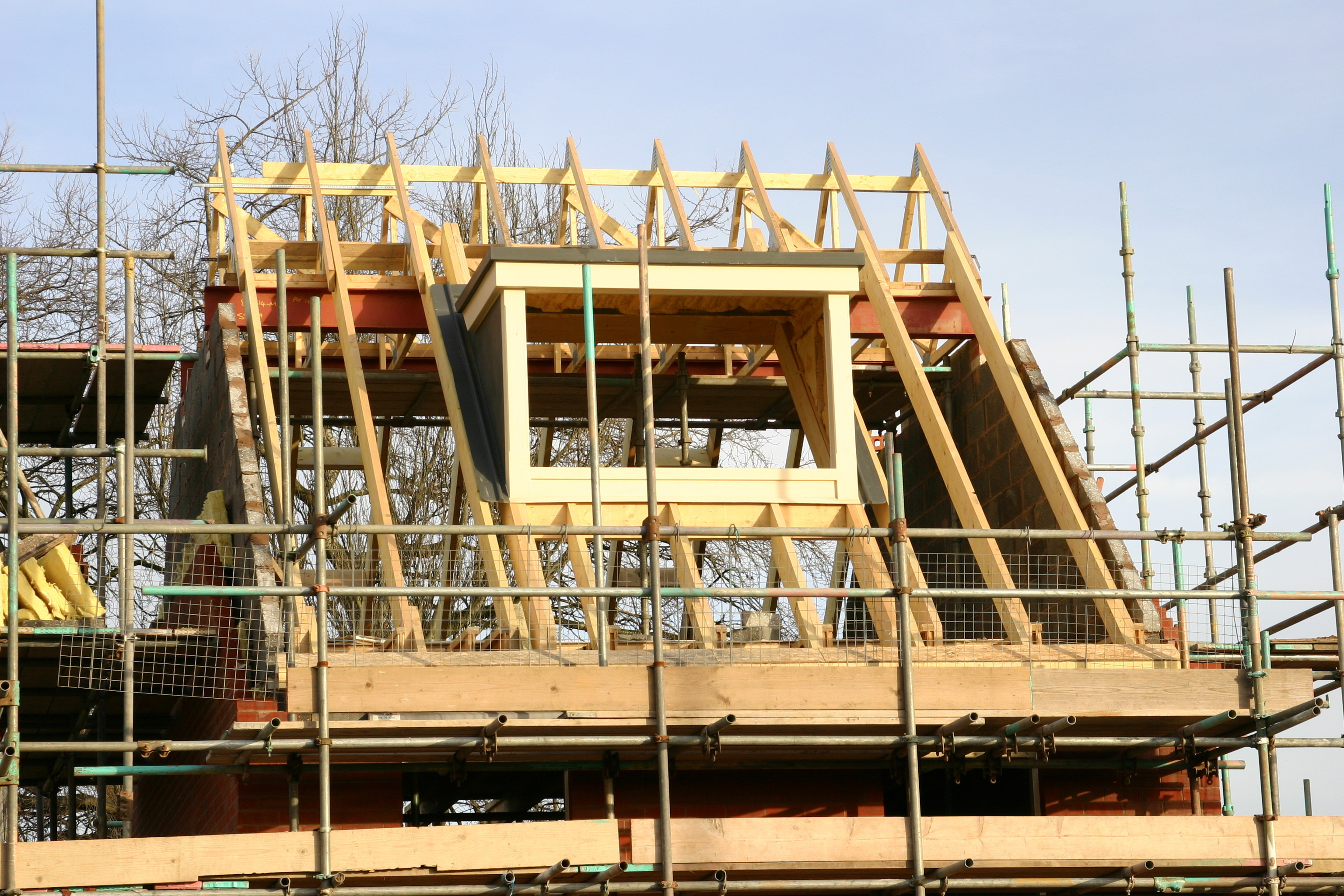First-time Buyer
Revealed: New build property hotspots

Which two regions have the largest concentration of newly built homes in the UK?
London and the North East of England are the UK’s new build hotspots, according to analysis from Hometrack.
It has revealed that the two regions have seen the largest concentration of new build starts in past 12 months.
New build housing starts currently account for 11% of all property sales across the UK, but this rises to 15% in the North East and 14.3% in London.
The high level of new builds in the North East reflects a slow recovery in the general level of housing transactions in the region, according to Hometrack, with builders using Help-to-Buy to support new build starts.
It also said that the highest concentrations of new builds in the capital are in inner London where regeneration schemes have been a key source of new housing supply.
Local markets
When you drill down further, certain boroughs have an extremely high concentation of new builds in their overall housing sales. Top of the list is the London borough of Newham where there are more new homes started in the last year than sold in the entire borough in the previous year. This constitutes a new build concentration of 104%.
Outside London, Cambridge (42%), Ribble Valley (42%) and Midlothian (39%) are the areas with the next highest concentrations. Cambridge and Midlothian adjacent to Edinburgh have seen significant new housing delivery.
Alex Rose, managing director of data and analytics at Hometrack, said: “These figures show how the delivery of new housing is not evenly distributed across the country as developers balance the relative strength of local housing markets and demand for new housing against land availability and planning constraints.
“There are many parts of the country where new private housing starts as a proportion of sales are well below the national average. 102 local authorities have a new build concentration of less than 5%. This is down to tougher planning requirements, land availability and the strength of the local housing market resulting in below average levels of new housing starts.”